One of the most famous and biggest festivals of Sikkim, Saga Dawa is celebrated with great enthusiasm and fervour every year. The festival is the most significant and sacred for the followers of Mahayana Buddhism who on this auspicious occasion commemorate Lord Buddha’s birth, his attainment of enlightenment and salvation from this corporeal world. For all travellers and cultural aficionados seeking a sneak-peek into vibrant Buddhist culture, undoubtedly, Saga Dawa provides for a perfect platform offering a visual treat of various religious ceremonies and street processions.
History of the Festival
Though Saga Dawa or the Tripe Blessed Festival is believed to have a history dating back to past many centuries, its date was officially formalized at the first conference of the World Fellowship of Buddhists held in Sri Lanka in 1950. Today, the festival is celebrated across different countries in different ways and under different names; while Tibetans and Sikkimese celebrate it as Saga Dawa, many South East Asian countries like Singapore, Indonesia, Malaysia and Sri Lanka celebrate it under the name of Vesak Day. And all across India except North Eastern regions, the festival is commonly known as Buddha Purnima.
Highlights & Important Rituals of the Festival
One of the biggest highlights of Saga Dawa is the lightening of butter lamps in monasteries by the Mahayana Buddhists, indicating their obeisance to Lord Buddha who is believed to have enlightened their paths in life. After the ceremony, a grand pageant commencing from Tsuk-La-Lang Monastery, lead by monks carrying holy scriptures and portraits of Lord Buddha, amidst eclectic Buddhist hymns and chants on the streets of Gangtok, simply provides for a hypnotising spectacle to all the onlookers. Needless to say, it’s the best time to plan a trip to Sikkim in order to get a closer rendezvous with Buddhist culture and traditions.

Duration of the Festival
The magnificent carnival of Saga Dawa is held every year on the full moon of the 4th month of Buddhist lunar calendar, which according to English calendar falls during end of May and early June timeframe. Several religious rituals, including reading of holy scriptures called “Kajur Texts” and lighting of butter lamps take place during the entire month. Devotees gather in great numbers on the streets of Gangtok on the day of final procession to receive blessings and pay their gratitude to the lord. Giving alms and donations is also quite common as these acts of benevolence done during this holy month are said to bear ripe fruits in future.

















































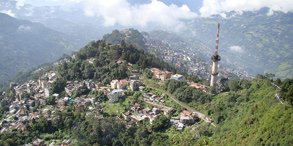
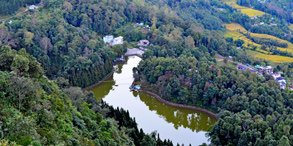

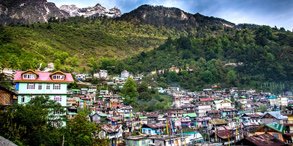
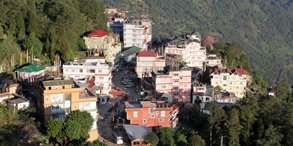
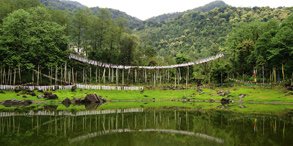
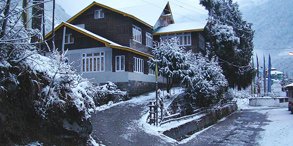
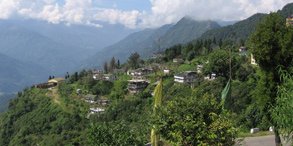
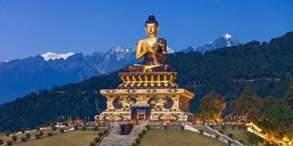
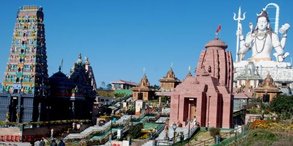
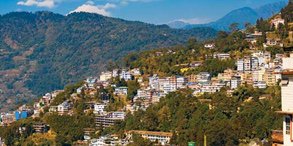
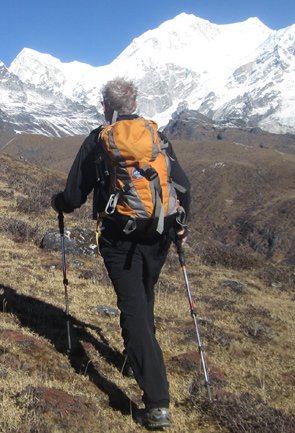
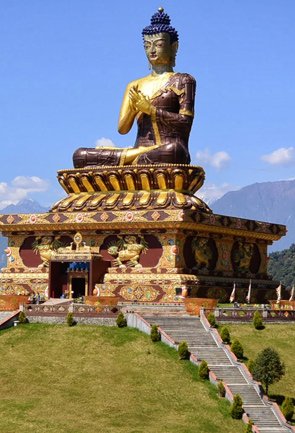

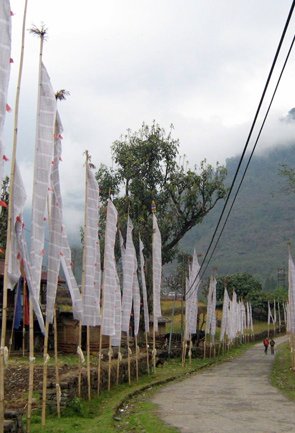


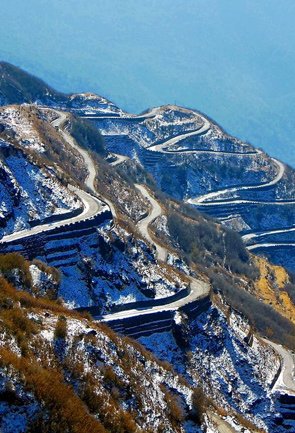

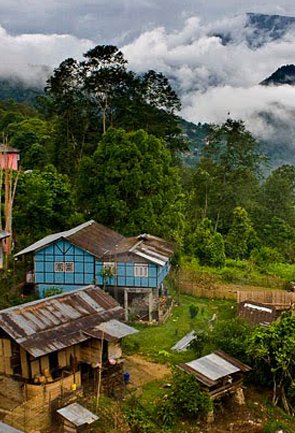

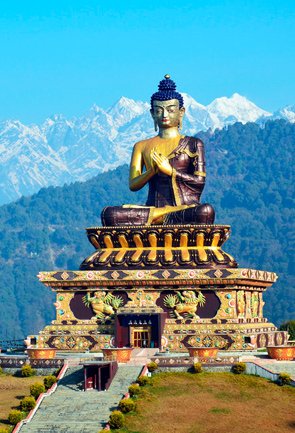

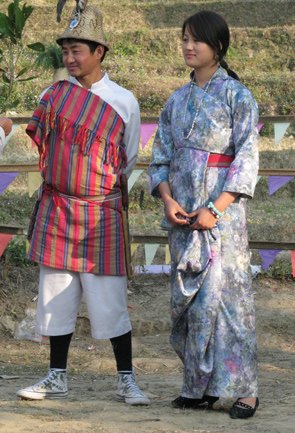
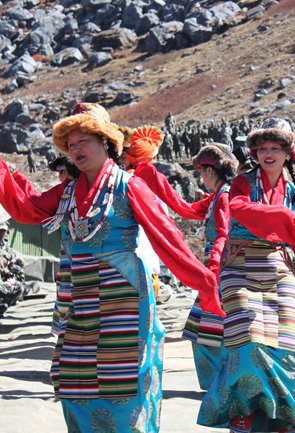



 Plan Trip
Plan Trip Call Us
Call Us Packages
Packages Home
Home